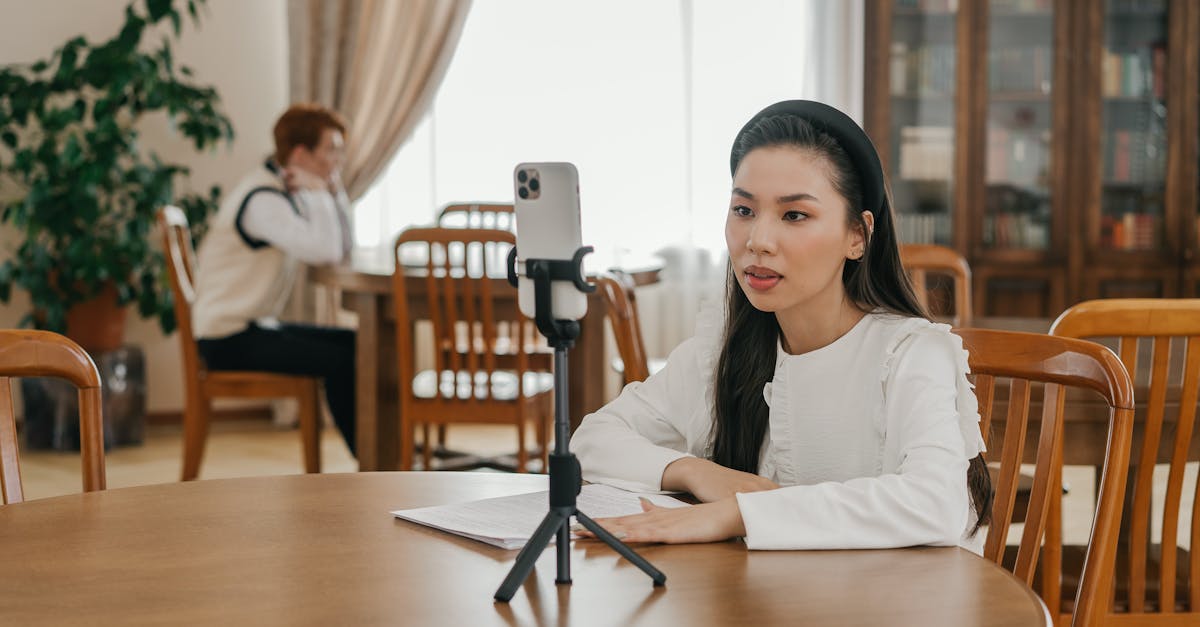Every iPhone user has faced that moment of panic when they can’t find the microphone settings. It’s like searching for a needle in a haystack, except the needle is crucial for your voice memos, video calls, and those all-important TikTok videos. Fear not! The quest for the elusive microphone setting is about to get a lot easier.
Table of Contents
ToggleUnderstanding Microphone Settings on iPhone
Microphone settings on the iPhone control how apps access the microphone for voice input. Access these settings by navigating to the “Settings” app on the home screen. Scroll down and select “Privacy,” then tap on “Microphone.”
Permissions for various apps that utilize the microphone display here. Toggle the switch next to an app to allow or restrict its microphone access. Some commonly used apps that require microphone access include Voice Memos, Zoom, and WhatsApp.
Changing these settings impacts all audio interactions on the device. If an app struggles to record or send audio, reviewing these permissions may resolve the issue. The iPhone offers granular control, enabling users to customize which apps can use the microphone.
Notifications alert users when an app requests microphone access, ensuring transparency. Regularly reviewing microphone settings maintains control over privacy. New iOS updates might introduce additional features or changes to these settings, so staying updated is essential.
Advanced settings might be available in specific apps, allowing for custom configurations of microphone sensitivity or input sources. Users should familiarize themselves with both system-level and app-specific settings for optimal microphone performance.
Locating the Microphone Settings
Locating the microphone settings on an iPhone is crucial for managing app permissions. Users must navigate to the Settings app to find these controls.
Accessing the Settings App
First, locate and tap the Settings app on the home screen. This app typically resembles a gear icon. Once opened, users will see numerous options listed. Options on this page allow easy management of device configurations. Scrolling down reveals a plethora of features, each with additional functionality. Direct access to the Privacy menu begins the process of managing microphone settings.
Finding Privacy Settings
After accessing Settings, users should scroll to find the Privacy section. Privacy contains crucial controls for managing permissions on the device. Within this menu, find and tap on Microphone. A list of all apps with microphone access appears instantly. Users can toggle the switch next to each app to either grant or restrict microphone access. Review this list regularly to ensure that only trusted apps have permission. Changes in app permissions can enhance privacy and control over audio interactions on the iPhone.
Adjusting Microphone Permissions
Microphone permissions determine which apps can access the microphone on an iPhone. Adjusting these settings enables users to manage their privacy and control audio interactions effectively.
App-Specific Microphone Access
App-specific access affects how individual applications utilize the microphone. Users find this setting under Privacy in the Settings app. Each app listed shows whether microphone access is granted or restricted. For instance, specific apps like Zoom can be allowed or disallowed from using the microphone based on personal preference. Users must periodically review this list to confirm only trusted apps maintain access, enhancing privacy and security. Adjusting controls helps prevent unauthorized audio recording or access by untrusted applications.
Managing System Settings
System settings play a crucial role in overall microphone functionality. Navigating to the Settings app, users can explore the Sound settings, which influence the microphone’s responsiveness. Volume levels for sound input can be adjusted to optimize voice clarity during calls or recordings. Users should ensure that DND mode is turned off during important calls, allowing uninterrupted microphone usage. Regularly checking these settings ensures that device performance remains optimal. Turning on features like Noise Cancellation can enhance audio quality during noisy environments, improving overall user experience.
Troubleshooting Microphone Issues
Microphone issues can frustrate iPhone users when apps don’t function as expected. Identifying common problems and their solutions helps maintain seamless audio interactions.
Common Problems and Solutions
Users often encounter issues with the microphone during calls or recordings. Sometimes, an app may not recognize microphone access. Checking the microphone permissions in the Settings app can resolve this. If sound quality falls short, verifying that the microphone is not obstructed by a case or debris is essential. Issues may arise if the iPhone software is outdated, so keeping the device updated ensures optimal functionality. Restarting the iPhone also fixes minor glitches, providing a quick solution for temporary microphone problems. Users must regularly review app permissions, as updates may inadvertently change these settings.
When to Seek Professional Help
Persistence of microphone issues despite troubleshooting efforts may signal a deeper problem. If apps still fail to detect the microphone, it may indicate hardware damage. Users should consider professional assessment if they notice physical damage or poor audio quality. It’s wise to contact Apple Support for further guidance when the microphone is consistently non-responsive. Additionally, issues affecting multiple apps often hint at a systemic problem rather than an app-specific one. In such cases, visiting an Apple Store or certified technician ensures the microphone receives the attention it needs.
Finding the microphone settings on an iPhone doesn’t have to be a daunting task. By navigating to the Privacy section in the Settings app users can easily manage app permissions and ensure their audio interactions remain secure. Regularly reviewing these settings is essential for maintaining control over which apps can access the microphone.
With the right configurations users can optimize their experience whether they’re recording voice memos or participating in video calls. Staying informed about updates and troubleshooting tips further enhances the overall functionality of the microphone. This proactive approach not only improves audio quality but also safeguards personal privacy.



